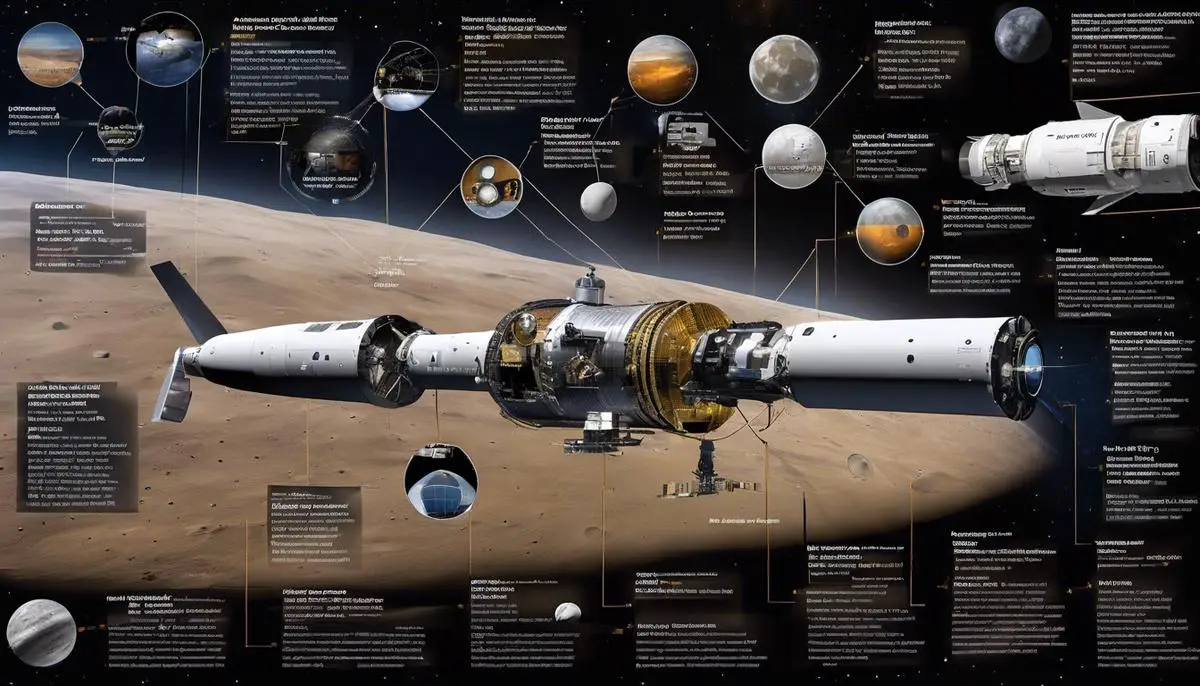Championing a new era of lunar exploration, the NASA Artemis missions embark on a pioneering journey to advance our knowledge of the Moon and foster a path for future human exploration beyond our immediate orbit. Navigating beyond the usual boundaries, Artemis I, II, and III are designed to sequentially demonstrate new technologies, establish novel strategies, and capitalize on a profound quest for knowledge, each mission echoing distinctive aspects of this incredible endeavor. This exposition uncovers the specific objectives and unique facets of each mission in their robust design, innovative technology, and ambitious goals that underscore NASA’s long-term vision for lunar and, ultimately, Martian exploration.
Contents
Overview of Artemis Missions
The Artemis Program, a cornerstone of NASA’s current initiatives, signifies a watershed moment in human space exploration and promises to change our understanding of the universe and our place within it. This ambitious sequence of missions focuses on the revitalization of human lunar exploration and serves as a stepping-stone towards the more ambitious goal of human missions to Mars. Generous in its scope, yet incisive in its purpose, the program comprises three main missions: Artemis I, II, and III, each with their own respective objectives and designs.
Artemis I facilitates the initial critical testing process. A test-flight without crew aboard the Orion spacecraft, a craft meticulously designed for long-duration, deep-space human exploration, Artemis I will be launched atop the Space Launch System (SLS). This assembly, possessing capabilities beyond any existing launch vehicle, will carry Orion into lunar distant retrograde orbit—a complex path that takes the spacecraft millions of miles beyond the Moon. Lightly burdened by the trappings of crew support, Artemis I will test the vessel’s critical systems under the far-reaching conditions of deep space, including entry, descent, and splashdown upon Earth’s ocean to certify the spacecraft for subsequent crewed missions.
Artemis II marks a monumental moment in human space exploration as the first crewed mission of the Orion spacecraft. The mission will carry astronauts on a ten-day trajectory in which the spacecraft will fly in lunar vicinity but will not land. Once again using the brute strength of the Space Launch System (SLS), Artemis II will trace an intricate path around the Moon and back to Earth, testing life-supporting systems and operations, including mission planning, crew navigation, rendezvous, and docking procedures that are critical for future lunar missions.
The climax of this series, Artemis III, aims to land astronauts on the lunar South Pole by 2024. It rekindles the heroic age of Apollo by launching a crew aboard an SLS and Orion spacecraft. Once in lunar orbit, astronauts will transit to Gateway, a small spaceship serving as a lunar outpost for astronauts and science experiments, and embark aboard the Human Landing System to voyage to the lunar surface. This mission not only aims to expand our understanding of the Moon but also to test technologies and establish human life sustainability for future deep-space explorations.
To conclude, the Artemis Program, with its triad of missions, signifies a new era of exploration—laying the groundwork for future missions to Mars, the outer planets, and perhaps beyond. Each mission, from the uncrewed test flight of Artemis I to the bold lunar landing of Artemis III, serves a critical purpose in NASA’s mission statement and builds a beacon of hope for a future where humans might live and work on other planets. It is the embodiment of scientific exploration and monumental human ingenuity.
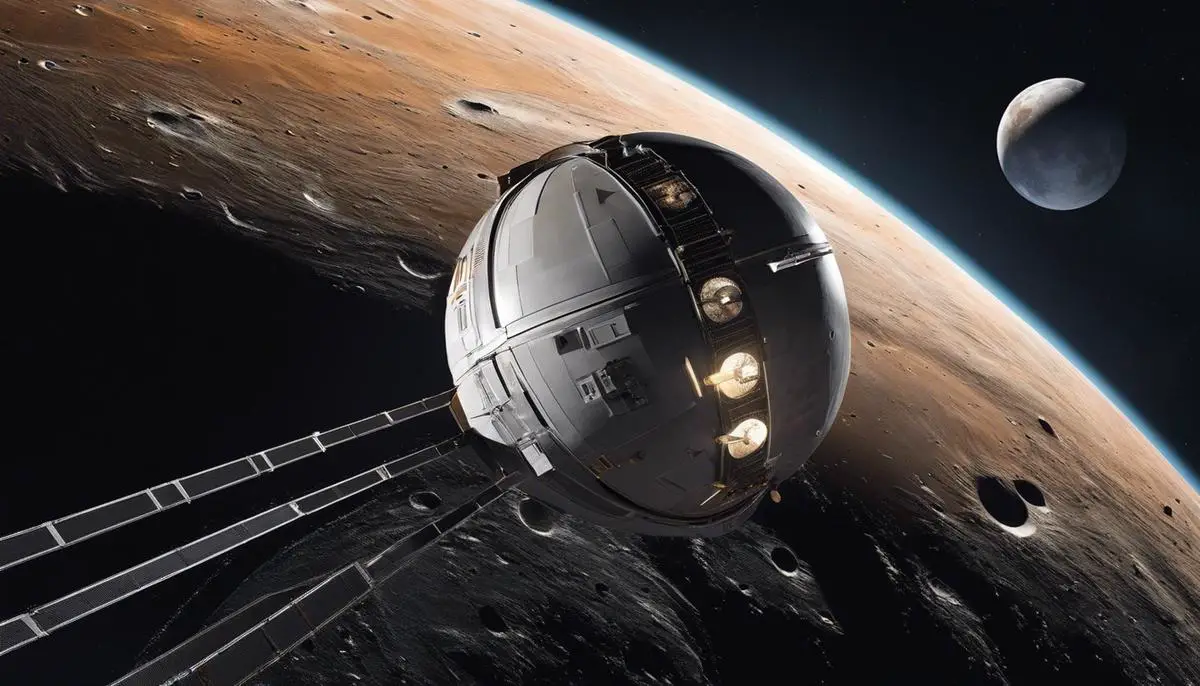
Artemis I Explained
Artemis I, an ambitious space mission launched by NASA, represents a significant leap forward in our endeavor of unearthing the cosmic mysteries enveloped within the lunar expanse. Pushing the boundaries of science, this mission holds the promise of leading humanity onto a new path of interplanetary exploration, thus laying the groundwork for more complex future missions, such as Mars expeditions.
An uncrewed mission, Artemis I primarily serves to verify the capabilities of NASA’s Space Launch System (SLS) and Orion Spacecraft, two cardinal components of this audacious feat. The SLS, acknowledged as the most powerful rocket ever built, will amaze spectators as it catapults Orion, the spacecraft designed for the purpose of deep-space exploration, into space. The successful demonstration and operation of these technological marvels, which encompass years of meticulous research and meticulousness, is a fundamental objective of Artemis I.
Orion will venture beyond the moon into deep space for approximately three weeks, embarking on a 1.3 million-mile journey that surpasses any achieved by a spacecraft explicitly built for human travel. This voyage will not only test the vital systems of Orion – such as its life support, propulsion, and navigation capabilities – but also examine its communication with ground control, a test of endurance and performance under extreme conditions.
Another significant aspect of Artemis I is the examination and assessment of NASA’s newly developed high exploration extravehicular mobility unit (xEMU). These are essentially spacesuits engineered for advanced mobility and comfort during lunar explorations, with the versatility to be employed later in Mars missions. These suits, soon to undergo their moonwalk debut, are set to drastically improve the efficiency and safety of astronautical ventures.
Lastly, aboard the Orion spacecraft will be the ‘Lunar Flashlight’ and 13 CubeSats, small satellites with big missions. The Lunar Flashlight will storyboard an unprecedented narrative of water ice detection and mapping on the moon. The CubeSats, on the other hand, will carry out scientific investigations and demonstrate new technologies. These undertakings will help us accrue essential knowledge regarding our celestial neighbor and provide invaluable insights to plan future manned missions effectively.
Undoubtedly, Artemis I pursues a pioneering footprint within the realm of space exploration, acting as the stepping-stone for future missions like Artemis II and III, where human footprints will again mark the lunar soils. The successful execution of Artemis I will not only mark a pivotal milestone in our cosmic quests but also prove our capacity and readiness to go further, do more, and unveil the long-held secrets of our universe.
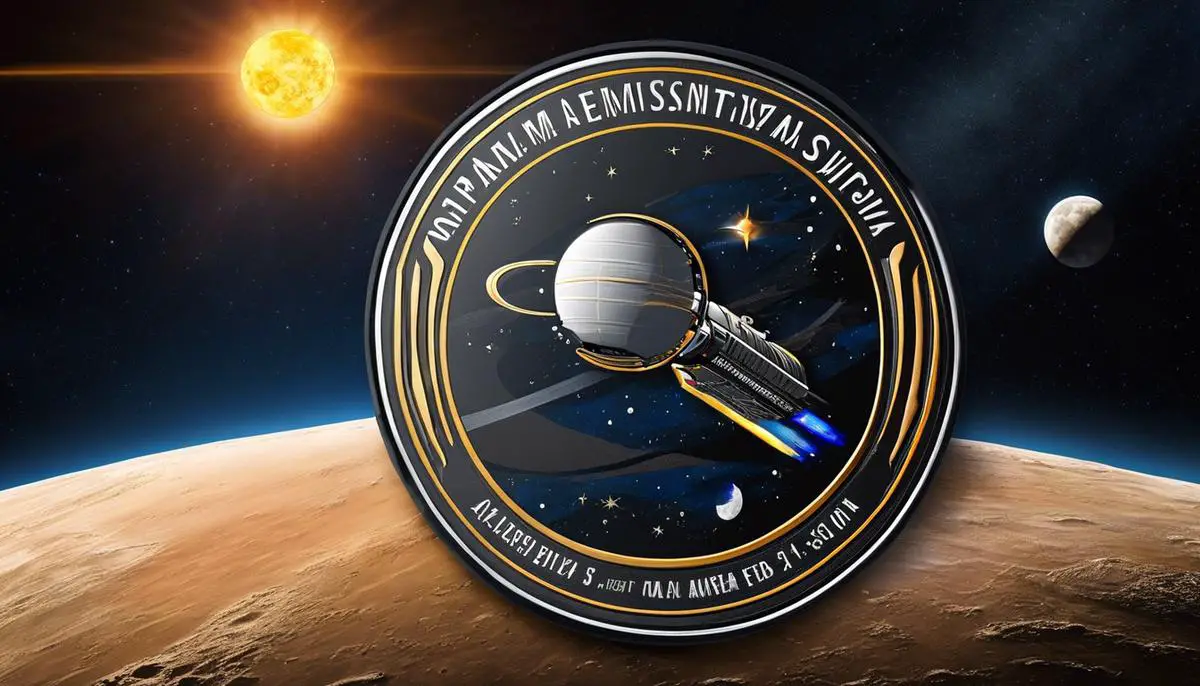
Artemis II Anatomized
Artemis II, understandably a successor to Artemis I, carries unique importance in the progression of the Artemis Program. More than just an exciting sequel, it signifies a salient stride forward. Set as the first-ever crewed test flight to orbit the moon since the Apollo missions, it serves as the next mammoth endeavor in NASA’s long-standing quest for interstellar insight.
One of the distinctive aspects of Artemis II lies in its crewed nature. It will implement the Orion Spacecraft – marking the first time that astronauts will voyage abroad this deep-space vessel. This mission will use the Space Launch System (SLS), just as Artemis I did, but the crew’s presence introduces intricacies and complexities that were absent from the previous mission. Monitoring the safety and wellbeing of the astronauts in a highly unpredictable environment is pivotal.
Details of Artemis II components differ considerably from those of Artemis I. The mission will not carry CubeSats – small satellites employed for space research. Instead, it will focus wholly on assessing how astronaut-friendly the Orion Spacecraft indeed is. The specificities of this operation entail verifying Orion’s radiation protection measures, gauging the spacecraft’s life-supporting systems, and testing the crew’s physical state in outer space. Observing first-hand how the human body reacts to these conditions is paramount, as this will provide valuable data for planning future human-led missions.
Furthermore, with Artemis II, NASA aims to rehearse various vital operations. The spacecraft will be put through a pattern of intricate maneuvers, including a ‘free return trajectory’. This procedure, executed without power, will depend entirely on the moon’s gravitational pull to direct Orion back home. The astronauts aboard will have the opportunity to operate the spacecraft while on this trajectory.
Significantly, Artemis II irresistibly bridges the gap between Artemis I and the fiercely anticipated Artemis III, projected to designate the first woman and the next man on the lunar South Pole. Experts have branded this SLS and Orion mission as an instrumental stepping stone towards this ground-breaking milestone.
The excitement surrounding Artemis II lies not just in its significance for the future but also in its nostalgic echoes of the past. It stands as a prompt reminder of the Apollo-era, and the indomitable human spirit for exploration and discovery. However, more than just an homage to the past, Artemis II sets its sight on the future, preparing humanity for long-duration space travel and potentially, interplanetary existence.
Indeed, while Artemis II hangs onto the legacies and successes of Artemis I, it is not merely a doppelganger of its predecessor. It adequately distinguishes itself, building upon what has been learned, and lavishly contributing to the shared ambition of advancing our understanding of the cosmos. In doing so, Artemis II marks an exciting waypoint in humanity’s cosmic journey, further solidifying the importance of the Artemis Program in pioneering a bold new era in space-travel.
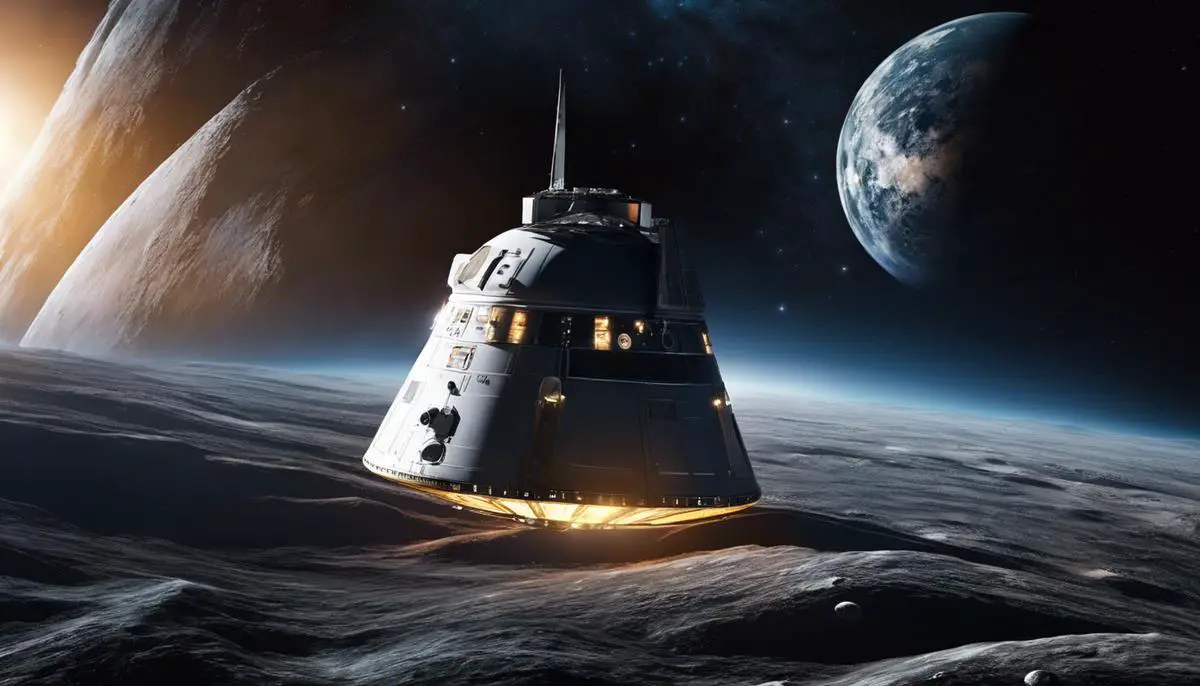
Artemis III Unfolded
As we delve into the parameters of Artemis III, it is essential to ascertain the methodology that assists this mission in accomplishing its historical purpose.
At the core of this fascinating endeavor lies an evolved Space Launch System (SLS), the world’s most powerful rocket. This instrument provides the necessary thrust to propel an Orion spacecraft, with astronauts onboard, far beyond the Earth’s orbit and towards deep space. By harnessing the SLS’s unrivaled capabilities and building on previous mission experiences, Artemis III endeavors to land “the first woman and the next man” on the lunar South Pole.
This landing site, needless to say, bears substantial historical context. For, it is at this point — a site untouched by human exploration — that we anticipate establishing new precedents and enhancing our space-faring capabilities. In this regard, scientific teams are diligently calibrating advanced technologies, including precise navigation and landing systems that allow for targeted touchdown on the moon’s uncharted regions.
Moreover, these astronauts, equipped with NASA’s new extravehicular mobility unit (xEMU) spacesuits, will conduct experiments, gather samples, perform walks, and spend a relatively longer duration on the lunar surface than the Apollo-era astronauts. By performing these tasks, the Artemis III crew extends human presence into the lunar frontier, while generating invaluable data pertinent to our understanding of the moon, its geology, and its potential as a scientific and strategic resource.
Simultaneously, a key task carried out by Artemis III entails deploying small satellites, or CubeSats, into lunar orbit. These accompanying payloads serve a wide range of purposes and investigations. From assessing lunar water ice distribution (Lunar IceCube) to trailing solar particles across the solar system (BioSentinel), these miniaturized satellites affirm that even a seemingly monumental mission like Artemis III is an assimilation of numerous auxiliary tasks, each with its essential role and purpose.
An integral aspect of this complex mission is the Gateway — an outpost orbiting the moon that acts as a conduit for astronauts bound for the lunar surface. Its unique trajectory permits extensive lunar surface access and functions as a rallying point for lunar operations, paving the way for a more sustainable lunar exploration framework. Additionally, as a science laboratory, proving ground for hardware, and a site with access to every part of the moon, the Gateway exemplifies the blend of strategic foresight and scientific curiosity that undergirds this mission.
In summation, by leveraging advanced technology, showcasing profound human resilience, and adopting a progressive approach to lunar exploration, Artemis III indeed sets the stage for unprecedented discoveries. While the mission undeniably illumines humanity’s quest for knowledge, it also stands as a testament to our species’ tenacity and indomitable will to explore the unknown. Ultimately, Artemis III signifies more than just a milestone — it symbolizes the commencement of a new chapter in our shared cosmic journey.
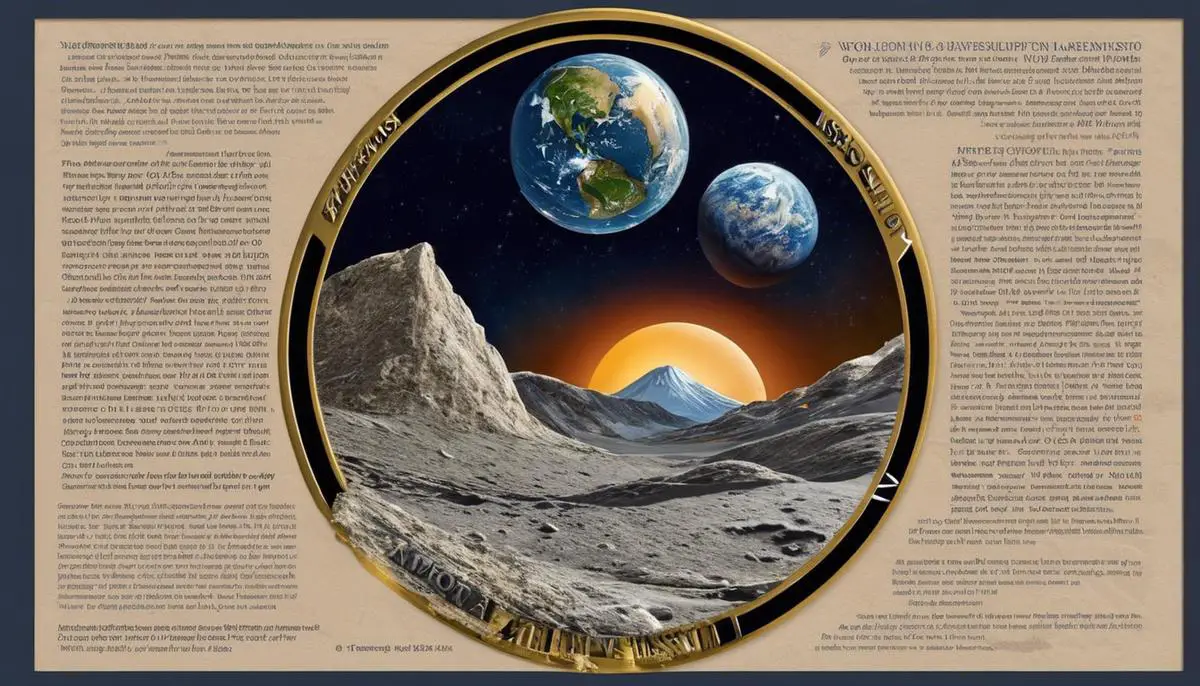
Comparative Analysis of Artemis I, II, III
Following the progression of the Artemis missions, Artemis III stands poised on the edge of history, carrying the dreams and aspirations of humanity’s quest to explore realms beyond our home planet. Serving as the capstone to its predecessors, Artemis III takes full advantage of the insights and knowledge accumulated from Artemis I and II, while asserting its own unique objectives and parameters that distinguish it as the pinnacle of this lunar trilogy.
Squarely focused on achieving the audacious goal of landing astronauts on the lunar South Pole, the Artemis III mission is premised on the successful realization of the ambitious research and technological advancements laid down by the previous missions. Foundational to this endeavor is the Space Launch System (SLS), perennially touted as the world’s most powerful rocket, signifying a quantum leap in engineering feats for rocket propulsion and lift-off capabilities. This groundbreaking apparatus has been simulated, tested, and verified in Artemis I and II, and awaits its monumental demonstration in Artemis III.
A key differential aspect of Artemis III is its landing site; a region unexplored by humans, bristling with scientific intrigue and exuding historical resonance. The lunar South Pole beckons with promises of pristine lunar samples and potential water ice, pivotal for sustaining a human presence and lending crucial insights into the composition and resources of celestial bodies.
The Artemis III mission introduces an evolution of cutting-edge technologies, among them the advanced navigation and precision landing systems designed to negotiate the rugged lunar terrain – a clear leap from Artemis II‘s circumlunar trajectory. Also set for its lunar debut is the extravehicular mobility unit (xEMU) spacesuit, a marvel of engineering fortitude, tailored for enhanced astronaut mobility and protection in the harsh lunar environment. Its formative testing aboard Artemis I now translates to practical application, cementing its role as an essential component of future missions.
A strikingly significant departure from the prior Artemis missions is the duration and scope of astronaut activity on the moon’s surface. Artemis III contemplates a significantly longer lunar stay compared to the Apollo missions, thereby opening a wide horizon for scientific analyses, lunar experiments, and exploration of the moon’s uncharted territories.
Complementing this groundbreaking effort is the deployment of CubeSats into lunar orbit. This expands upon the groundwork laid by Artemis I‘s deployment of the Lunar Flashlight and other CubeSats, providing an extended range of lunar exploration and scientific investigation.
Perhaps Artemis III’s most distinctive feature, drawing a distinct line in the lunar dust away from Artemis I and II, is the proposed Gateway. This envisioned lunar orbit outpost serves as a relay station for astronauts, a vanguard of sustainable lunar exploration. Whilst not a requisite for Artemis III, this linchpin symbolized NASA’s innovative strides towards achieving long-term lunar operations, heralding an epic of strategic astronomical positioning and interplanetary preparedness.
On the grand canvas of human exploration and scientific discovery, every mission portrays its distinctive strokes, each one contributing to a larger masterpiece. Artemis III, while incorporating the learning from its predecessors, adds its unique essence into the mix, asserting its pivotal place in our ever-reaching quest for knowledge and discovery beyond our planet.
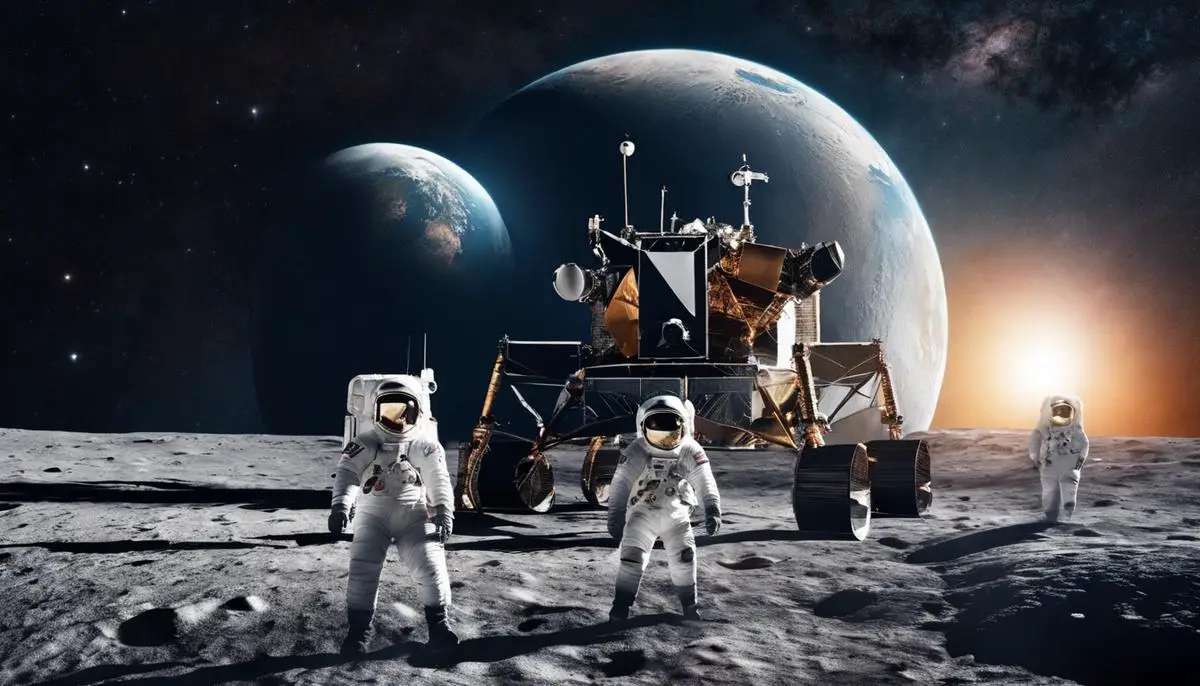
Fundamentally, the Artemis missions remain emblematic of humanity’s tireless curiosity and its audacious will to explore the known and unknown realms of our universe. Artemis I, II, and III, each distinct in their design, purpose, and technological means, offer clear, incremental advancements that redefine our approach to lunar exploration. While they share a common goal of reigniting human lunar missions, each mission distinguishably contributes to a broader narrative of innovation, discovery, and exploration. The lucid progression from Artemis I to III interprets NASA’s cohesive vision for space exploration and signify a profound leap for mankind, markedly bridging our present capabilities with the future aspiration of setting foot on Mars.
